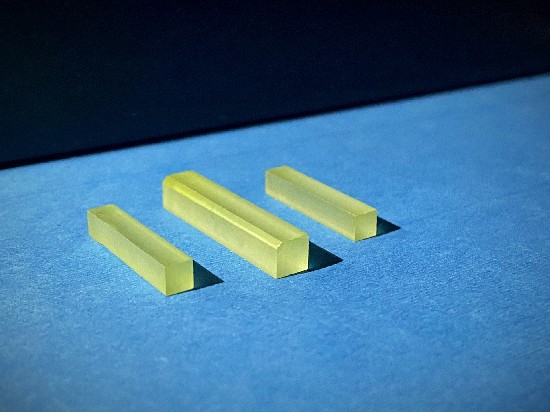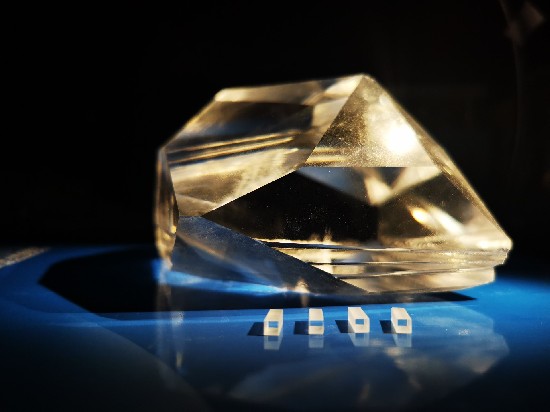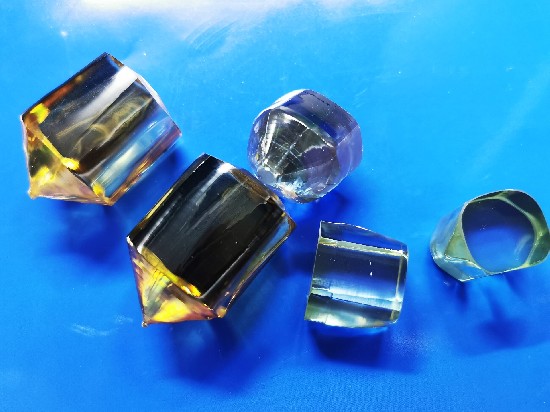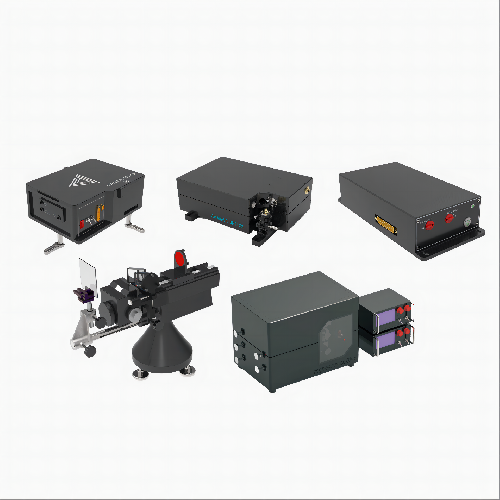Crystal Optics: Unlocking the Power of Light Through Light Crystals and Deep UV Crystals
Crystal optics is a fascinating field of study that has seen tremendous growth and application over the years. Let's explore the world of crystal optics, which begins with an understanding of the basic principles involving light crystals and deep UV crystals. We will then discuss how crystal optics is manufactured and explore its wide-ranging applications in third-order nonlinear optical materials, precision optical components, and related equipment. As you read through this article, the importance of optical crystals in shaping our understanding of light and its potential applications will become increasingly apparent.
What is Crystal Optics?
Crystal optics is a light propagation and an interaction with crystalline materials, particularly in the context of the polarization, reflection, transmission, and diffraction of light. Light crystals and deep UV crystals are unique because they possess anisotropic properties, and their optical properties vary based on the direction of light propagation through the crystal lattice. This anisotropy enables the manipulation of light in various ways, such as controlling its polarization, phase, and intensity.
One key aspect of crystal optics is the phenomenon of birefringence. Birefringence occurs when an optical crystal, such as a light crystal or a deep UV crystal, exhibits different refractive indices for different polarization states of light. This property allows for the separation and manipulation of polarized light, making it a crucial element in many optical devices and systems.
How is Crystal Optics Made?
The manufacture of optical crystals, such as light crystals and deep UV crystals, for use in crystal optics involves several steps, including crystal growth, cutting, polishing, and coating. Each of these stages plays a critical role in determining the final properties and performance of the optical crystal.
Crystal growth: The first step in creating optical crystals is to grow the crystal from a seed or by other methods, such as the Czochralski process, the Bridgman-Stockbarger method, or the hydrothermal process. The chosen method depends on the specific crystal material and the desired properties. Crystal growth requires precise control of temperature, pressure, and growth environment to ensure the crystal exhibits the necessary anisotropic properties.
Cutting: Once the crystal has been grown, it will be cut into the desired shape and size by diamond sawing, laser cutting, or wire sawing. The orientation of the crystal lattice can be a light crystal or a deep UV crystal - it is of utmost importance during this process as it affects the crystal's optical properties and performance in subsequent applications.
Polishing: After cutting, the surfaces of the optical crystal, such as a light crystal or deep UV crystal, are polished to achieve the required surface quality and flatness. This process ensures minimal light scattering and optical losses when the crystal is used in optical devices.
Coating: Finally, the optical crystal may receive a thin-film coating to enhance its performance in specific applications, such as antireflection coatings for reduced reflection losses or dielectric coatings for increased damage thresholds.
Section 3: Applications of Crystal Optics in Third-Order Nonlinear Optical Materials, Precision
Optical Components, and Related Equipment
Optical crystals, including light crystals and deep UV crystals, play a crucial role in various applications, ranging from fundamental research to advanced technology development. We will discuss the use of crystal optics in the production of third-order nonlinear optical materials, precision optical components, and related equipment.
Nonlinear optical crystals: Third-order nonlinear optical materials are essential for frequency conversion processes such as second-harmonic generation (SHG), third-harmonic generation (THG), and optical parametric oscillation (OPO). These processes rely onthe unique properties of optical crystals, including light crystals and deep UV crystals, to manipulate light in ways that are not possible with conventional optical materials. Examples of third-order nonlinear optical materials include lithium niobate (LiNbO3), beta-barium borate (BBO), and potassium titanyl phosphate (KTP).
Precision optical components: Optical crystals, such as light crystals and deep UV crystals, are also used to create precision optical components, such as waveplates, polarizers, and beam splitters, which are integral to various optical systems. For instance, waveplates made from birefringent optical crystals can be used to modify the polarization state of light, while polarizers and beam splitters selectively transmit, reflect, or separate specific polarization components of the incoming light. These precision optical components find application in fields such as telecommunications, imaging, sensing, and laser systems.
Related equipment: The unique properties of optical crystals, including light crystals and deep UV crystals, make them well-suited for use in a wide range of optical equipment. For example, they are often employed in laser systems as gain media or Q-switches, which enable the control of laser pulses and improve the overall performance of the laser.
How crystal optics is used in the production of nonlinear optical crystals, precision optical components and related equipment?
Optical crystals are used in the construction of various imaging systems such as microscopes and telescopes - to enhance image quality and resolution.
In conclusion, crystal optics, involving light crystals and deep UV crystals, plays a crucial role in advancing our understanding of light and its manipulation. By leveraging the unique anisotropic properties of optical crystals, researchers and engineers have been able to develop numerous applications in third-order nonlinear optical materials, precision optical components, and related equipment. As our knowledge of optical crystals continues to grow, the potential for new and innovative technologies will harness the power of light.
 Laser Crystals
Laser Crystals




.jpg)
.jpg)
.jpg)